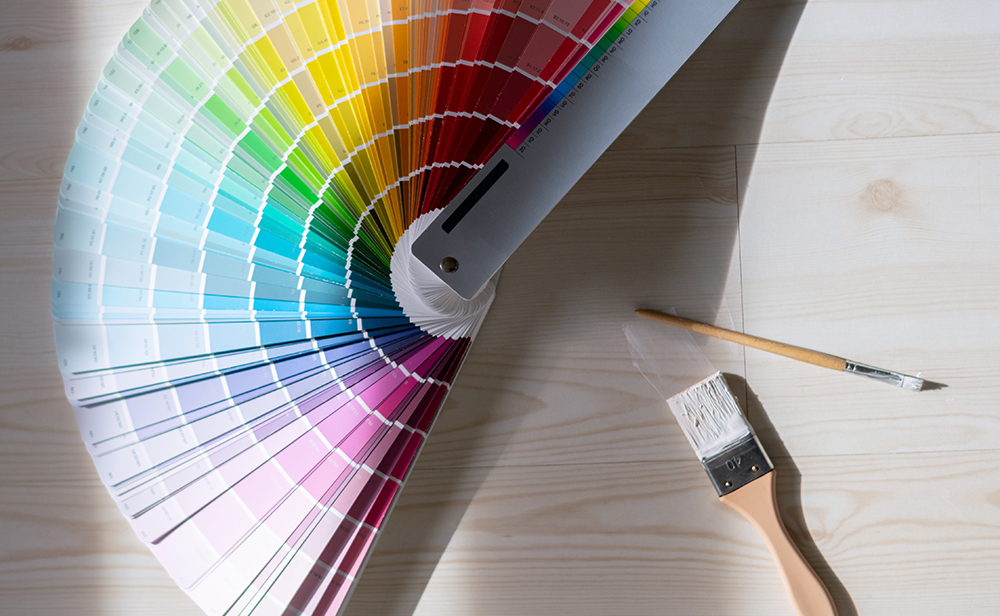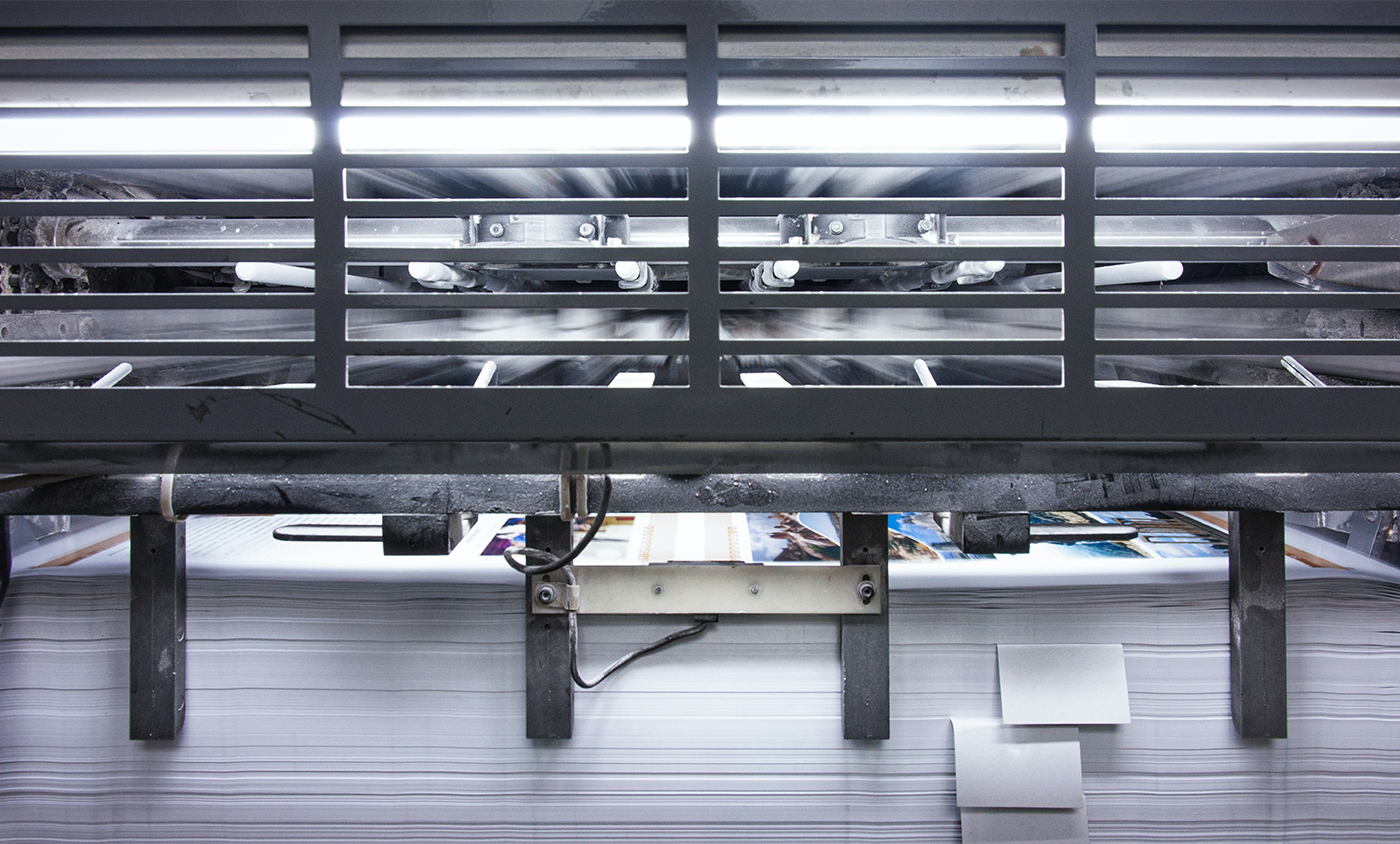Spot Color Printing vs. Four-Color Printing Demystified
In the dynamic world of printing, the choice between spot color and four-color (CMYK) printing is a pivotal decision that significantly influences the visual impact and cost-effectiveness of your design projects. Whether you’re creating business cards, brochures, packaging, or any other print materials, understanding the differences between these two printing methods is crucial. In this comprehensive guide, we’ll walk you through the key factors to consider when choosing between spot color printing and four-color printing, enabling you to make an informed decision that aligns perfectly with your creative vision and budget.

Spot Color Printing: Vibrancy and Precision
What is Spot Color Printing? Spot color printing, also known as Pantone or PMS (Pantone Matching System) printing, utilizes premixed ink colors to reproduce specific shades with unparalleled accuracy. Each color is applied individually, resulting in vivid, consistent hues that remain true across various print materials.
When to Choose Spot Color Printing:
- Branding Consistency: If maintaining precise brand colors is paramount, spot color printing ensures uniformity across all your printed materials, establishing a strong and cohesive brand identity.
- Solid Colors: When your design features solid colors without gradients or intricate color transitions, spot color printing delivers solid, vibrant tones.
- Limited Color Palette: If your design employs a limited color palette, spot color printing can be more cost-effective than four-color printing, particularly for larger print runs.
- Special Effects: Spot color printing enables the use of metallic, fluorescent, and other specialty inks, adding a touch of luxury and uniqueness to your designs.
Four-Color Printing (CMYK): Rich and Versatile
What is Four-Color Printing (CMYK)? Four-color printing, also known as CMYK printing, employs a combination of four ink colors – cyan, magenta, yellow, and black – to create a wide range of colors through color mixing and overlapping.
When to Choose Four-Color Printing:
- Color Variety: If your design features complex gradients, realistic images, or a wide spectrum of colors, four-color printing excels in reproducing intricate color transitions.
- Cost Efficiency for Color Variety: For designs with multiple colors, four-color printing can be more cost-effective compared to using multiple spot colors, especially for smaller print runs.
- Photographic Reproduction: Four-color printing accurately reproduces photographic images, making it an ideal choice for marketing materials that include high-quality photos.
- Flexibility: If your design projects require adaptability to various color changes, four-color printing provides a versatile solution for dynamic campaigns.
Making the Right Choice: Considerations
- Design Objectives: Assess whether your design prioritizes accurate brand colors, vibrant solid tones, intricate gradients, or photographic elements.
- Budget: Evaluate your budget in terms of ink costs and printing techniques. Spot color printing might involve additional setup costs, while four-color printing could offer cost efficiency for designs with multiple colors.
- Brand Identity: Consider the importance of consistent brand colors across different materials and the impact it has on brand recognition and customer trust.
- Print Run Size: Determine the quantity of materials you need. For smaller print runs, spot color printing might be more viable, while four-color printing is efficient for larger quantities.
In Conclusion:
The choice between spot color printing and four-color printing hinges on your design’s complexity, color requirements, and budget constraints. By carefully evaluating these factors, you can select the ideal printing method that elevates your design while effectively conveying your message to your target audience. Whether you opt for the precise vibrancy of spot colors or the versatile spectrum of CMYK, your choice will shape the visual impact and success of your printed materials.



